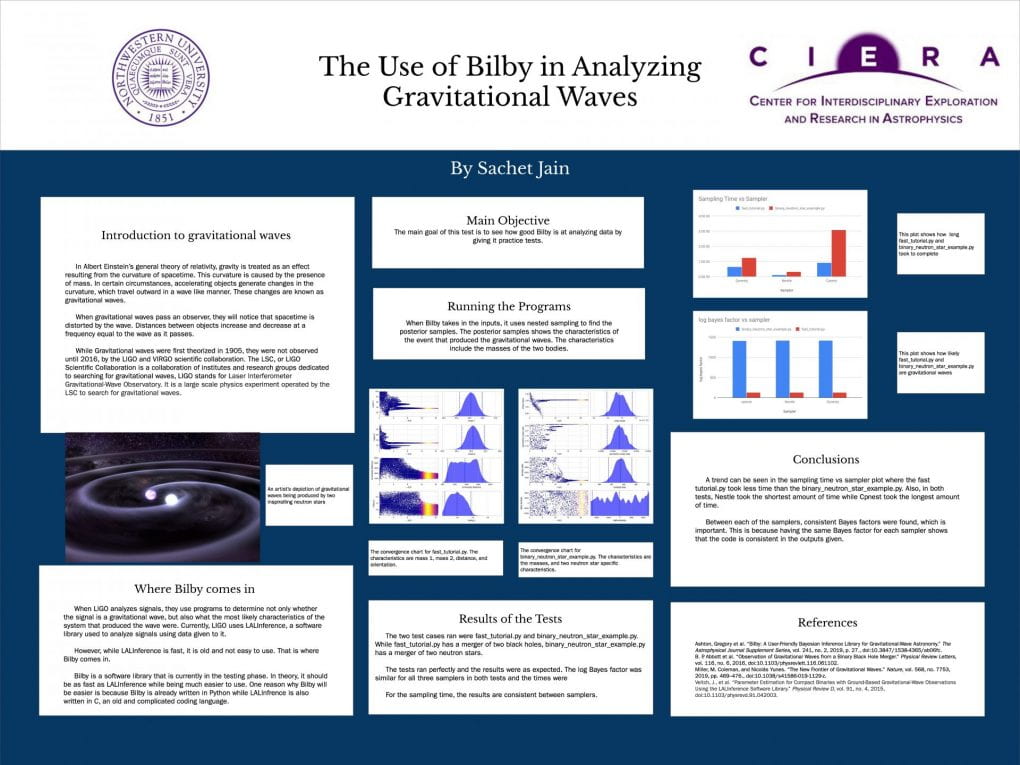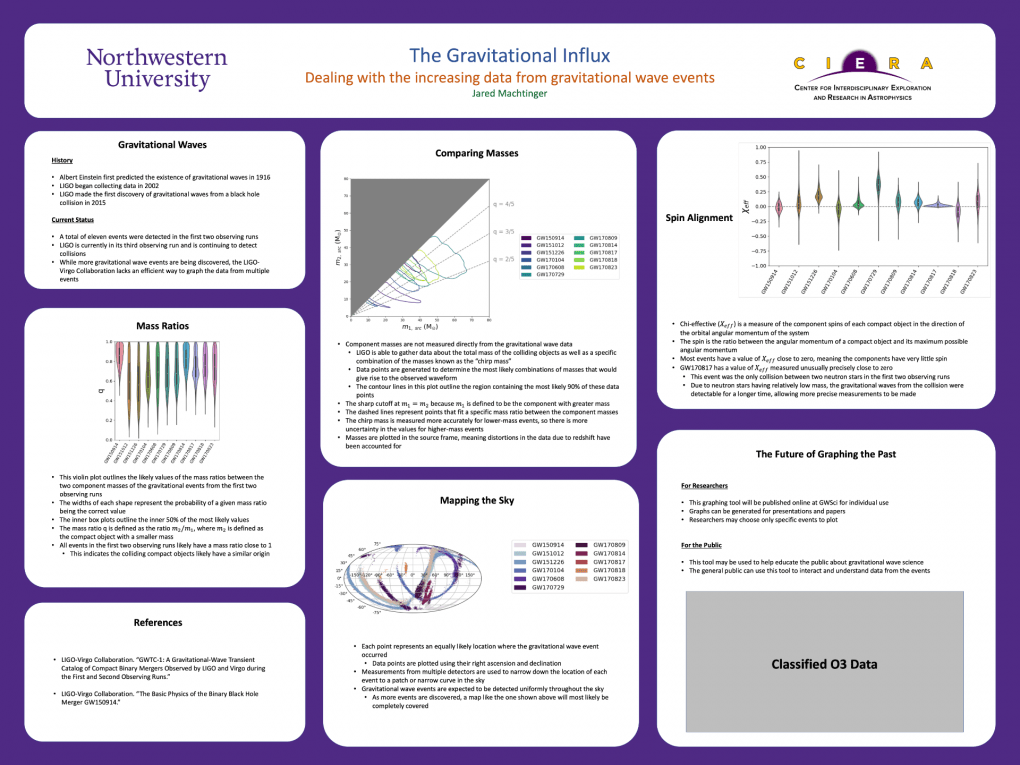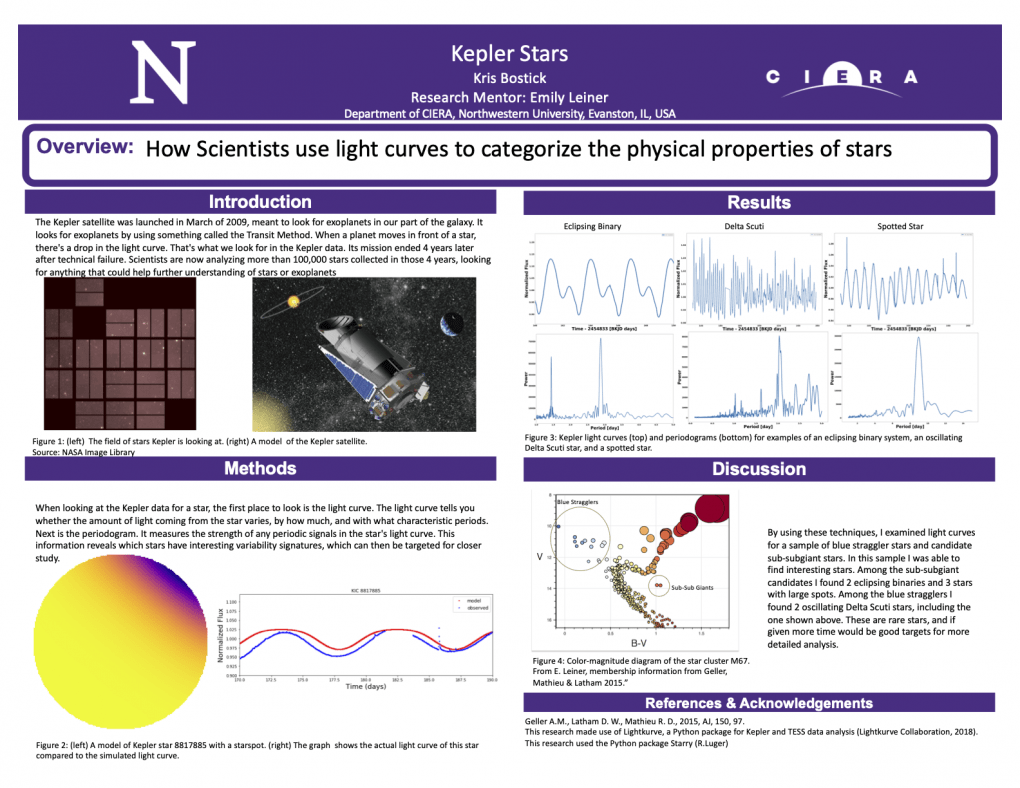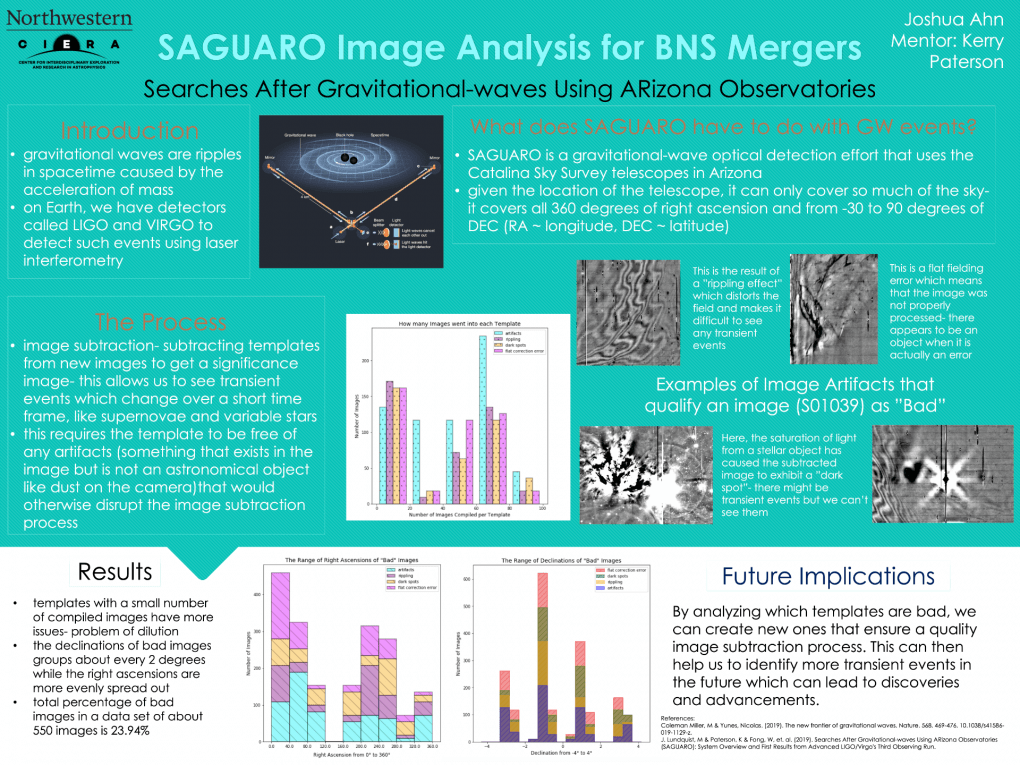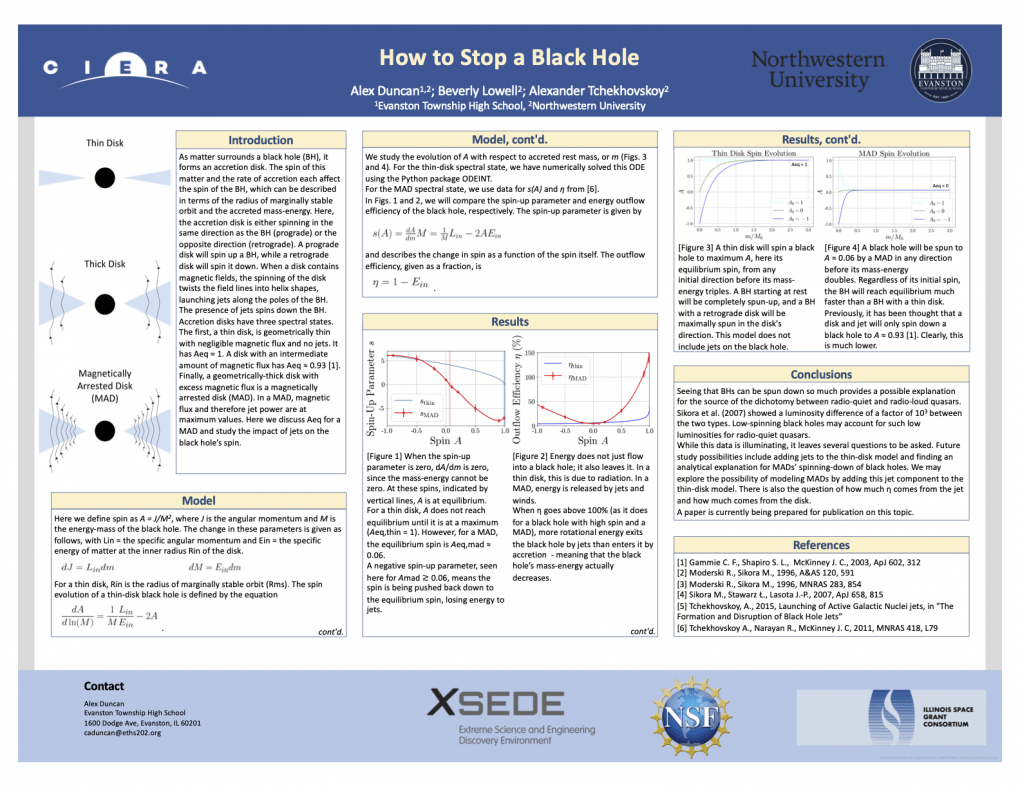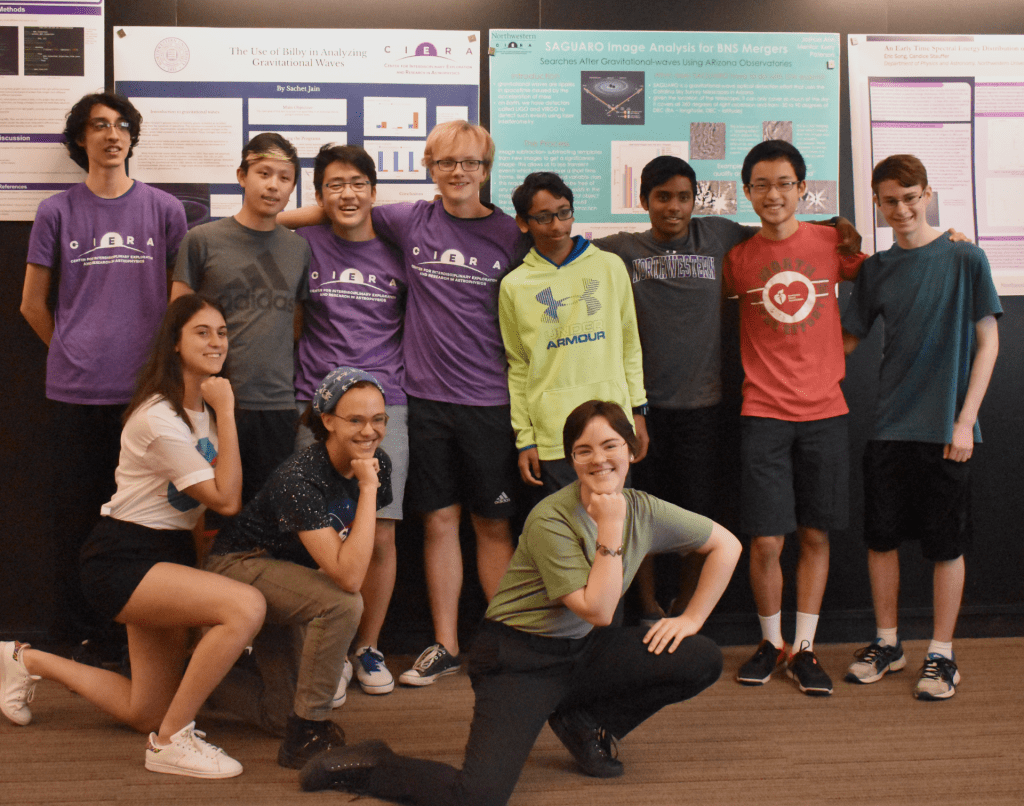
Top to bottom, left to right:
Students: Ronan Soni, Eric Song, Joshua Ahn, Richard Ackermann, Sachet Jain, Shrujal Ambati, Allen Gu, Jared Machtinger, Danai-Christina Avdela, Kris Bostick, Alex Duncan
Not pictured: Helen Ilkiu, Stevia Ndoe, Milena Healy
Program Staff
Who are we?
Program Director: Dr. Patrick Sheehan is an NSF Astronomy & Astrophysics Postdoctoral Fellow, and has over nine summers of experience in leading Astronomy focused high school summer programs.
The 2019 research mentors and instructors are listed below:
Claire Shi Ye, Sasha Tchekovskoy, Wen-Fai Fong, Diego Muñoz, Beverly Lowell, Emily Leiner, Kerry Paterson, Chase Kimball, Eve Chase, Michael Zevin, Howard Chen, Monica Rizzo, Matthew Carney, Candice Stauffer, Kyle Rocha, Alex Gurvich, Zach Hafen
Research Projects
What are the research topics?
The 2019 cohort of High School students worked on the following research projects:
- SAGUARO Image Analysis for BNS Mergers – Joshua Ahn (student), Kerry Paterson (mentor)
- An Early Time Spectral Energy Distribution of Supernova 2011fe – Eric Song (student), Candice Stauffer (mentor)
- Ozone on High Obliquity Exoplanets – Allen Gu (student), Howard Chen (mentor)
- How Scientists Use Light curves to Categorize the Properties of Stars – Kris Bostick (student), Emily Leiner (mentor)
- How to Stop a Black Hole – Alex Duncan (student), Beverly Lowell and Alexander Tchekovskoy (mentor)
- The Precession and Breaking of Tilted Accretion Disks Around Black Holes – Ronan Soni (student), Diego Muñoz and Alexander Tchekovskoy (mentor)
- The Use of Bilby in Analyzing Gravitational Waves – Satchet Jain (student), Monica Rizzo and Matthew Carney (mentor)
- Birth Velocities of Low Mass X-Ray Binaries and Implications for Supernova Kicks –Shrujal Ambati and Richard Ackermann (students), Chase Kimball (mentor)
- Visualizing Data in the Era of Gravitational Wave Astronomy – Danai Christina-Avdela (student), Eve Chase (mentor)
- Dealing with Increasing Data from Gravitational Wave Events – Michael Zevin (mentor)
Here are some examples of posters that the 2019 cohort created based on the above research projects. Click on the images for full-sized poster:
Sachet Jain: The Use of Bilby in Analyzing Gravitational Waves
Jared Machtinger: The Gravitational Influx
Shrujal Ambati and Richard Ackermann: Birth Velocities of Low Mass X-Ray Binaries and Implications for Supernova Kicks
Ronan Soni: The Precession and Breaking of Tilted Accretion Discs Around Black Holes
Joshua Ahn: SAGUARO Image Analysis for BNS Mergers
Eric Song: An Early Time Spectral Energy Distribution of SN2011fe
Danai-Christina Avdela: Visualizing Data in the Era of Gravitational Wave Astronomy
Allen Gu: Ozone on High Obliquity Exoplanets
Alex Duncan: How to Stop a Black Hole
Program Schedule
When and where is it?
Dates: June 24 – August 2, 2019
Where: Dearborn Observatory, 2131 Tech Drive, Evanston, IL
Program Content
What will you do?
Activities for Week 1
Computer Programming Courses: Coursework includes an extensive introduction to programming and scientific data analysis with the Python programming language, with additional topics such as:
- Introduction to the Unix command line
- Jupyter notebooks
- GitHub
- High Performance Computing (supercomputers)
- Collaborative coding
- Data visualization
Introduction to Astronomy Courses: Lectures covering a wide variety of astronomy topics, such as
- Stars
- Planets
- Galaxies
- Cosmology
- Telescopes
- Black Holes
- Gravitational Waves
Activities for Weeks 2-6
Independent Research: Students will meet their mentors, who will introduce them to their research projects. Students will work independently, with guidance from their mentors and program staff, on their research projects. To see examples of past research projects, see our program page.
Introduction to Astronomy/Computer Programming Courses: A continuation of the programming and astronomy lectures from Week 1. These activities will slowly be reduced in favor of an increasing amount of Independent Research time each week.
Students enrolled in the program will:
- take computer programming classes
- participate in introductory astrophysics courses
- tackle selected readings and structured assignments
- gain experience in an active academic research environment
Special programming includes:
- science communication training
- panel discussions to learn about careers in astronomy

